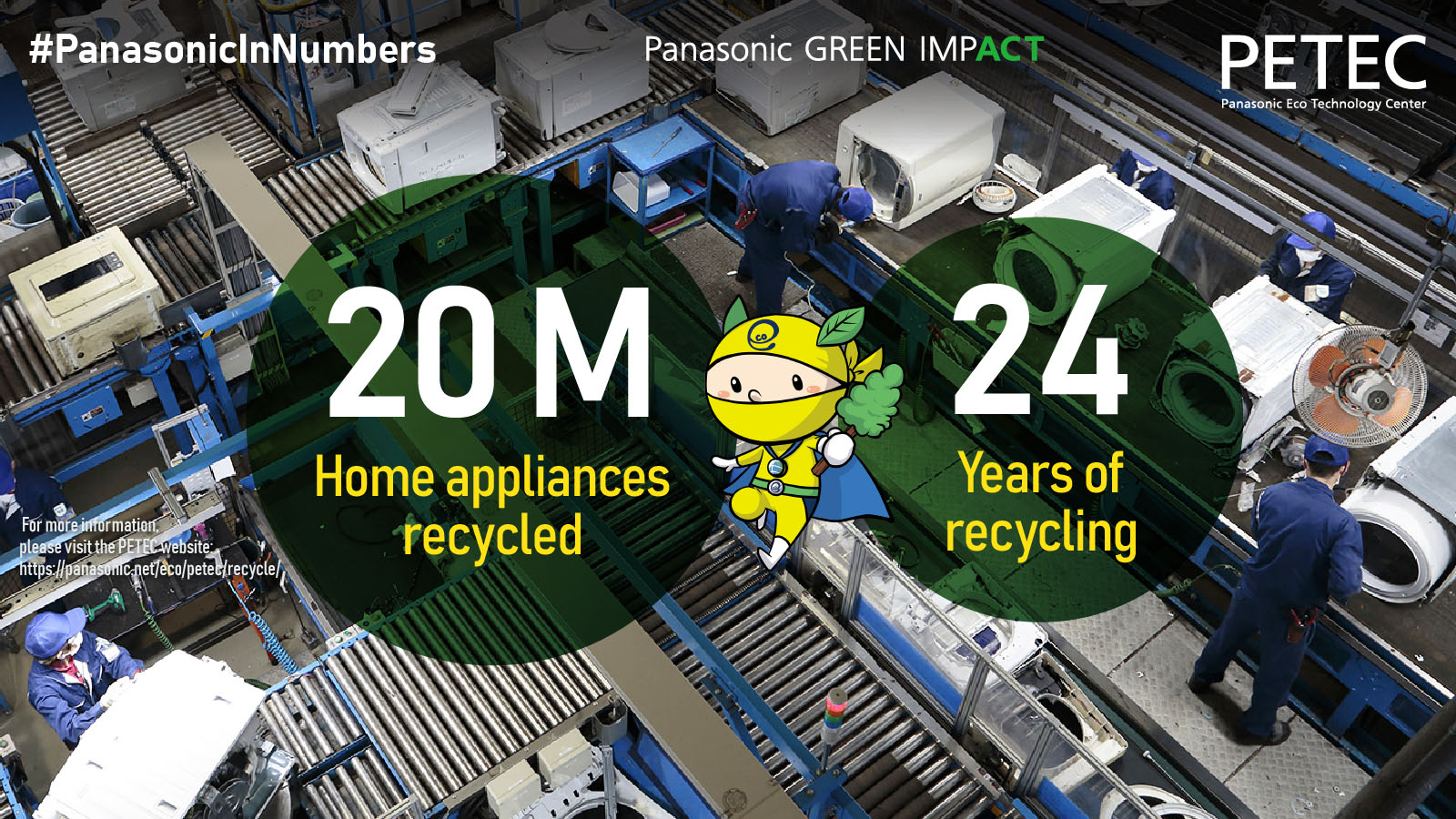He explained that while companies can measure reductions in CO2 emissions associated with their business activities, measuring a company’s contribution to society through its efforts to promote avoided emissions is currently quite difficult. This challenge is important to Panasonic because under the PGI, the group will seek to achieve a reduction impact of more than 300 million tons of CO2 emissions by 2050—300 million tons is equivalent to “about 1%” of total global CO2 emissions. Of this amount, 200 million tons will come from reduction contributions.
Turning to point number two, participants agreed that capital markets and government have still not figured out how to identify “good” companies—companies investing in avoided emissions strategies and generating positive outcomes—and reward them for their endeavor.
This is a critical point, because ongoing advances in technology and the application of AI, IoT and other digital solutions means that the CO2 emission reduction contribution of products and services will be significant. For example, Panasonic predicts that promotion and adoption of fuel cell systems, including pure hydrogen fuel cells and ENE-FARM, by FY2031 can yield an emission reduction contribution of 6 million tons—or 30 times the level of FY2021.
As for point number three, panelists agreed that setting clear rules for assessment and measurement is essential for avoiding claims of greenwashing.











